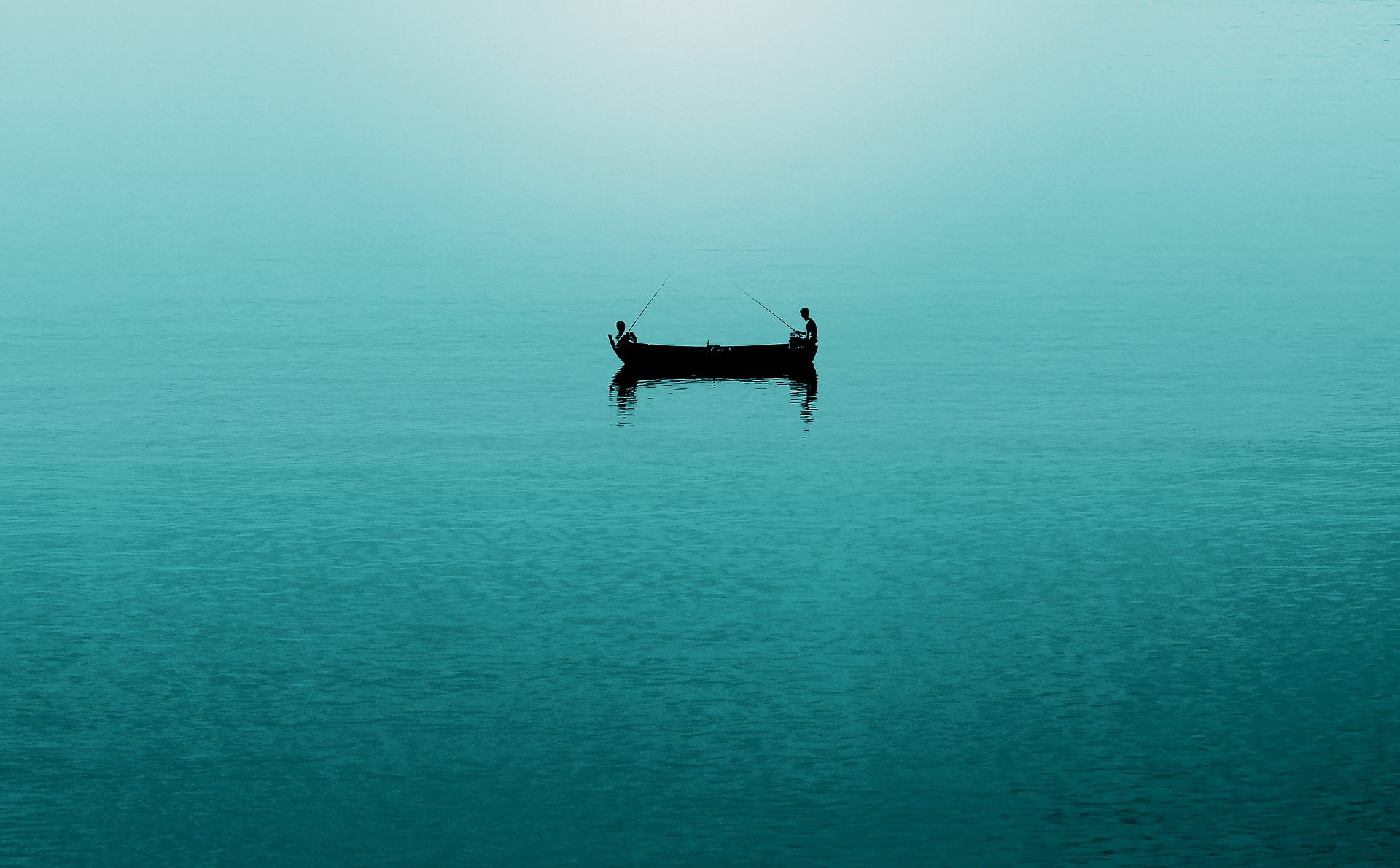Improving fishing skills using the power of observation & attention to detail

Observation and vigilance are key in any endeavor, sports or otherwise. Keen observation teaches you what months of training and reading cannot. When it comes to fishing, the significance of attention to detail and a keen eye increases many times over. Most newbies to angling tend to ignore the small, subtle signs and focus entirely on the catch. This is a mistake every aspiring angler must avoid at all cost. The learning curve requires patience and observation with an open mind to absorb information.
That little ripple near your bait isn’t something to ignore; learn from it and you will find how much information about the natural behavior of the fish you can retrieve from it.
Frequency, understanding, and Frame of mind

Observation while fishing doesn’t just mean being more observant of the situation, it’s more a combination of frequency, understanding and, above all, the frame of mind. Frequency here means that the more time you spend by the water fishing and staying patient during the early period of trial and error, the more signs you will come across.
Some of these signs are too subtle and can only be observed and better understood with frequency. Once a sign has been registered as being more than a mere anomaly and is in fact a recurrent subtle phenomenon, steps must be taken to understand and learn from it to further the knowledge of fish behavior and the sport of catching them. And lastly, if you are not in the correct frame of mind regarding your practice of fishing, there isn’t much chance that you’ll make it big, or even reach a satisfactory level.

Questions like ‘why am I fishing?’ or ‘do I have a reasonable understanding of the sport?’ can start a conversation within your mind and can help you take the right steps towards your goals.
Watching the water and baitfish movement
When it comes to effective fishing, water is, so to speak, the battlefield, and watching and studying the nature and behavior of the water where you are fishing is perhaps the most important factor. Watching the water is a broad term; it includes not just studying the current flows, shade, and color of the water on the surface, but also observing the various reefs and vegetation within the water.

The clarity of the water contributes heavily towards the variations in the movement of the fish from one area of water to another. If you have been fishing for a while and have not spotted much change in the clarity or the color of the water, then you need to learn more about studying the properties of the water’s surface.
Different species of fish react differently to differing levels of clarity in the water. Some species are more active in clear waters and are more likely to fall for a bait where water is clearer. Others are more comfortable in the less clear water, for various reasons: dirty waters sometime contain pieces of vegetation or other food and are secure places for fish to stay camouflaged.
The places where dirty water is either mixing with clear water or is entering in from a creek attracts bait due to the presence of nutrients. These baitfish consequently attract bigger fish towards the area where clear water and dirty water are mixing, hence providing a perfect place to throw your own bait to catch more fish.
Observing fish movement

Different fish have different responses towards a threat or the presence of prey. Baitfish are amongst the most fearful type since they know they are vulnerable, and they can sense a predator fish from a long distance. When they do, they often create a subtle commotion which translates into ‘nervous’ water.
Spotting a patch of nervous water means one of two things: either a group of baitfish has spotted a danger and are clearly disturbed, or a fish has sneaked up on them and the hunt is on. In both cases, it’s the time to throw your bait in. Choosing the right time and spot is the next skill that comes with time and would not necessarily produce a catch on the first few times of trying.
However, learning to understand these different types of nervous water goes a long way. It can definitely be helpful in the long run if you observe the different nervous water ripples produced by different fish, especially if you are a frequent angler on a lake or river.
If you have any comments then please drop us a message on our Outdoor Revival Facebook page
If you have a good story to tell or blog let us know about it on our FB page, we’re also happy for article or review submissions, we’d love to hear from you.
We live in a beautiful world, get out there and enjoy it. Outdoor Revival – Reconnecting us all with the Outdoors.
